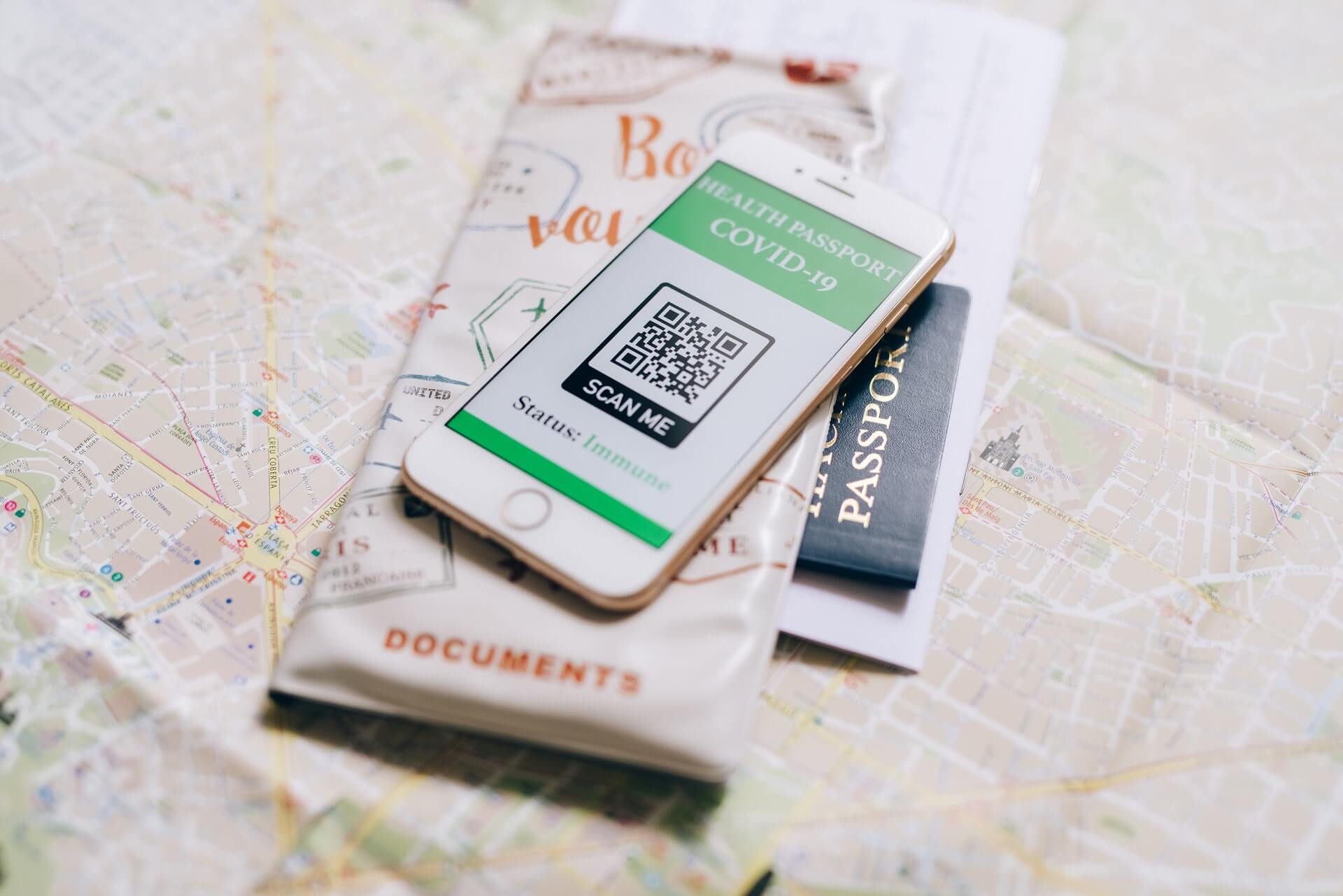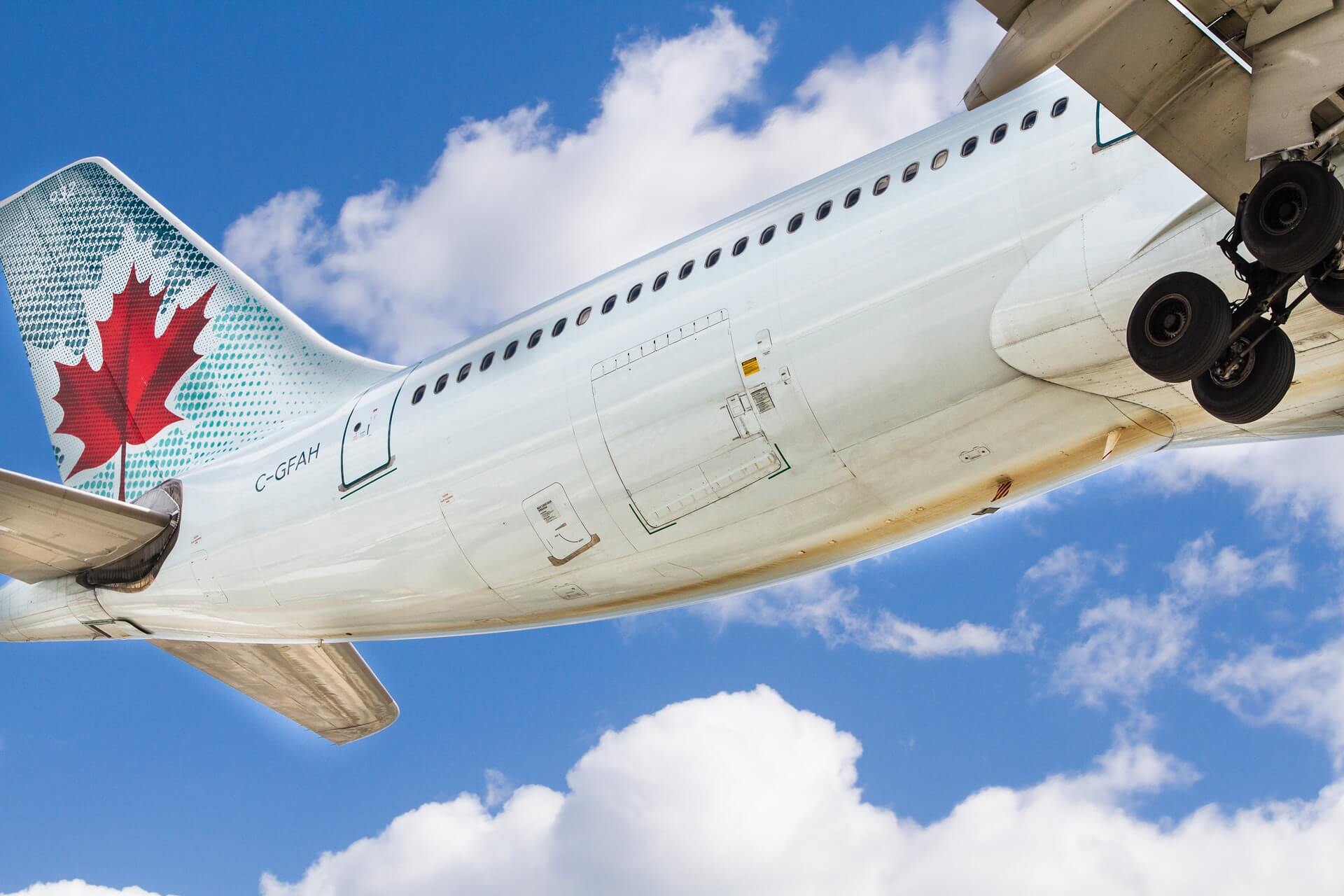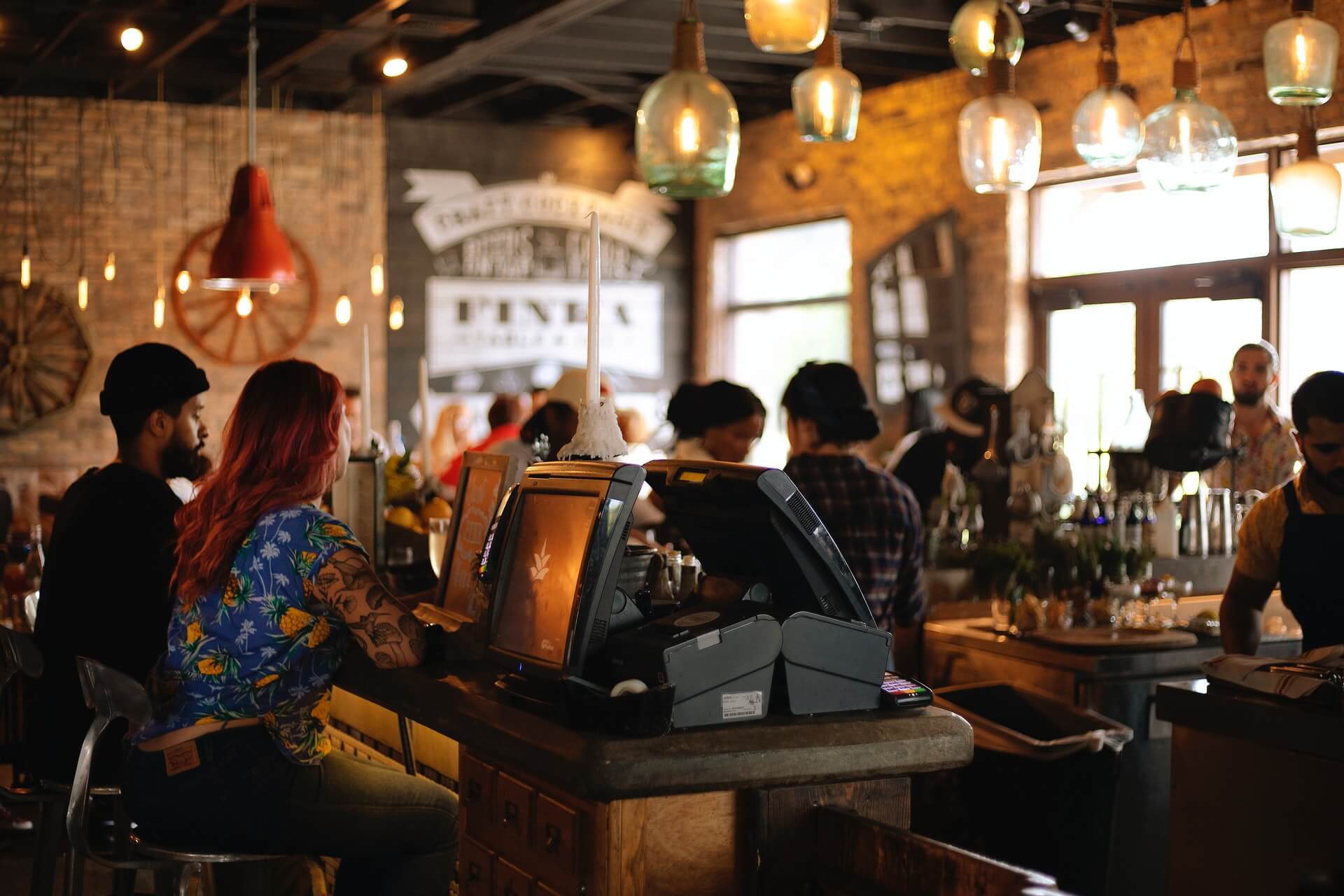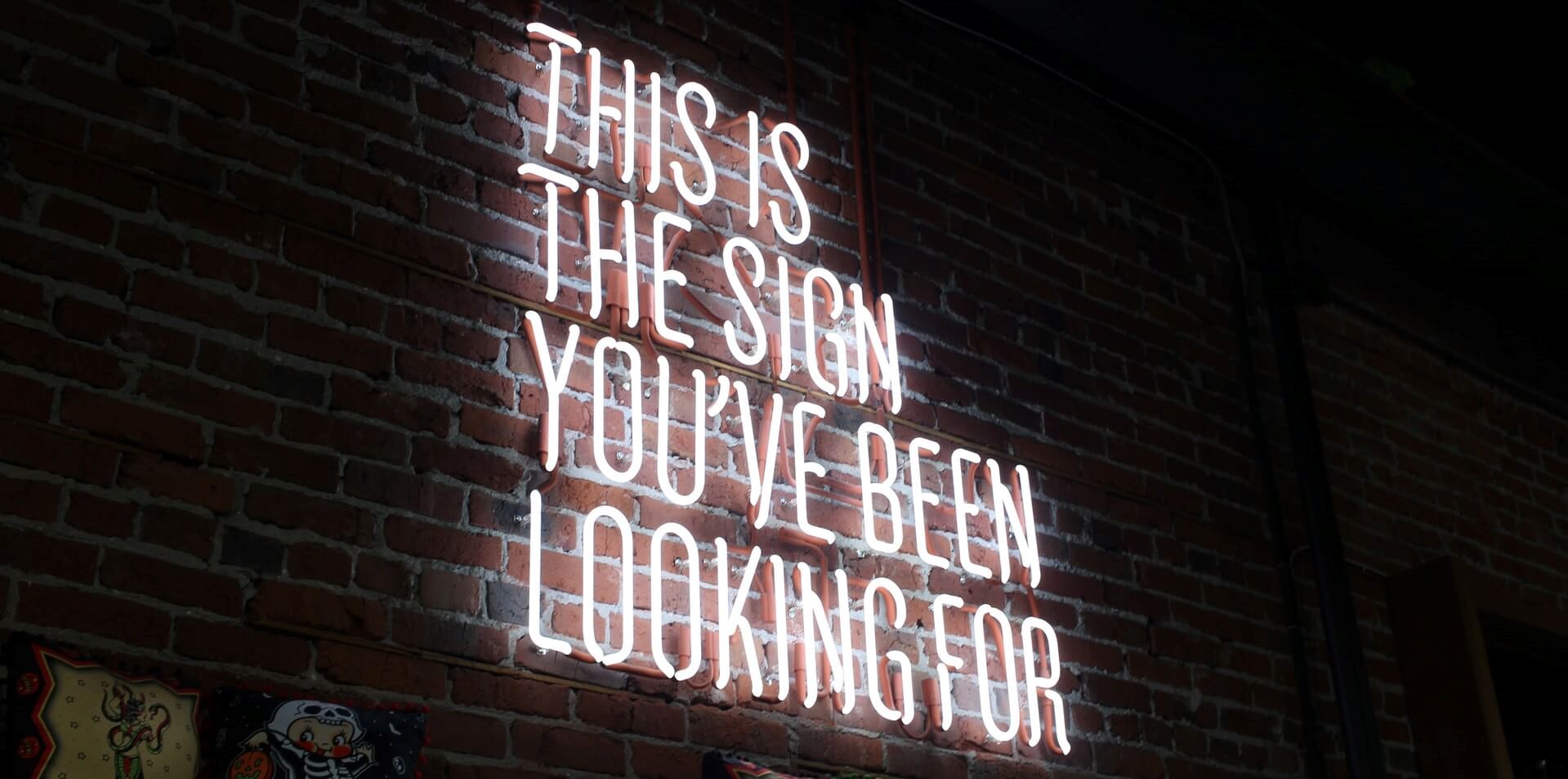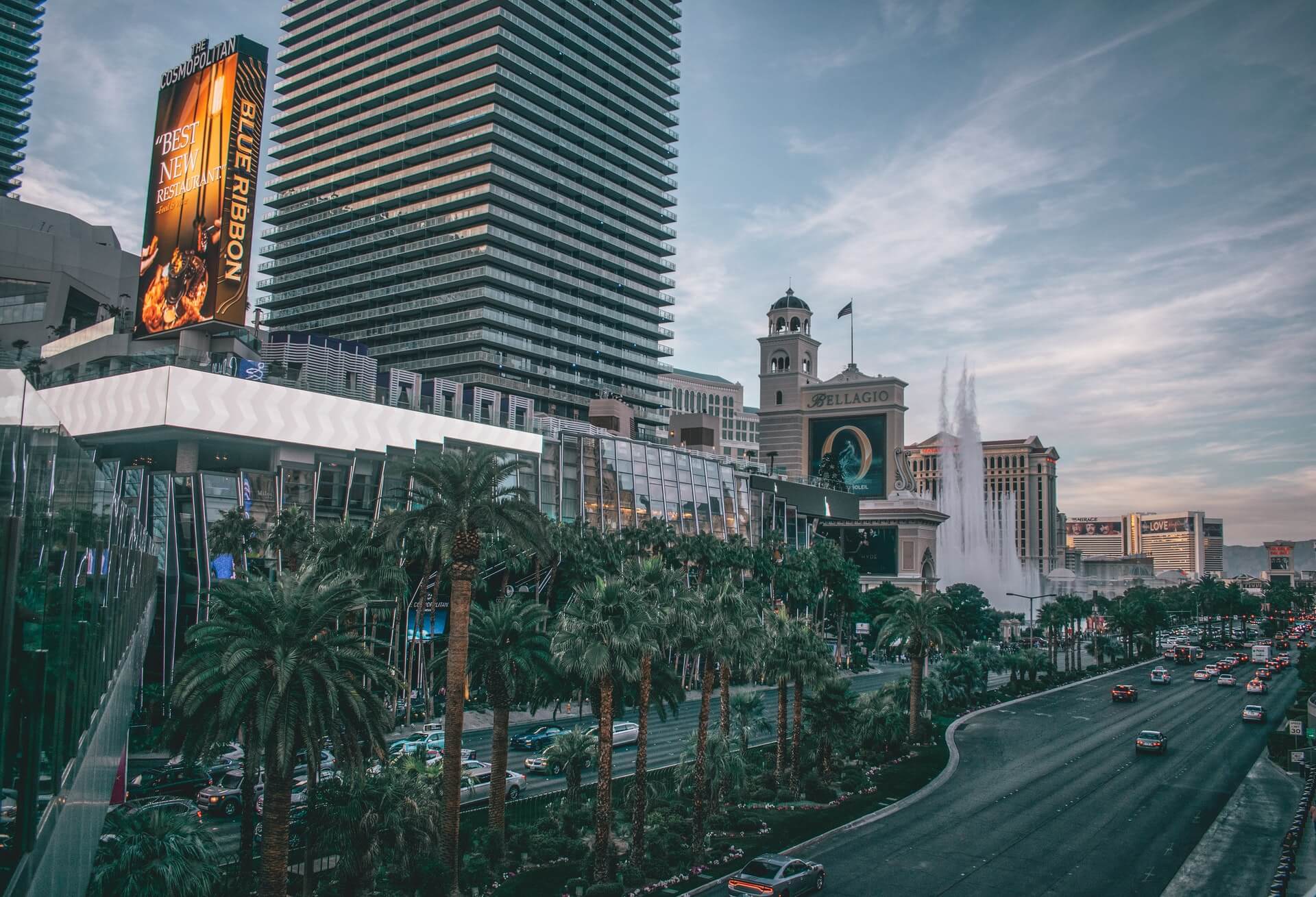US Opening Border to Vaccinated Travelers
by David Klemt
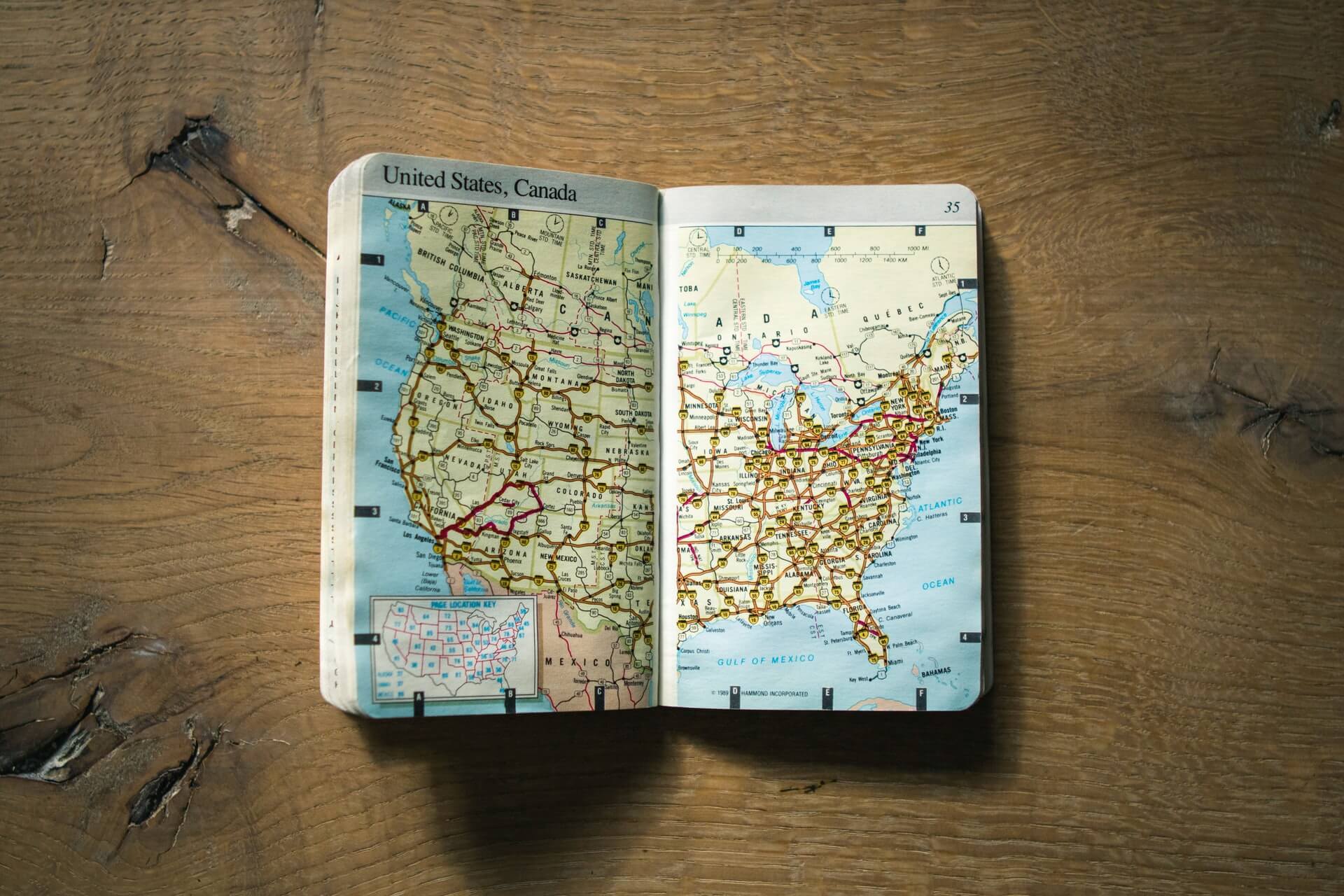
There will be more good news for the hospitality, travel, lodging, and tourism industries on Monday, November 8.
That’s the day that the US will open its borders to international travelers.
Guidance to enter the country applies to travelers arriving by land and air.
Neighbors to the North and South
This welcome news comes nearly three months after Canada opened its border to the US.
And like that border reopening, international travelers will have to prove their vaccination status. In fact, while not all the details are yet known, only fully vaccinated travelers will be permitted to cross American borders. The borders will remain closed to unvaccinated travelers.
The details for non-US travelers seeking to enter the country are as follows:
- Non-essential travel is permitted.
- Those entering via air travel will have to show proof of full vaccination before boarding their flight. They will also need to show proof of a “recent” negative Covid-19 test.
- Travelers entering via Canadian or Mexican land borders will need to show proof of full vaccination. The negative test requirement is not, as of yet, required.
- For now, Americans and non-US travelers will not have to quarantine after crossing a border.
Initial reporting stated that travel restrictions would be implemented via a phased approach. Land borders would be opened on November. However, air travel would remain restricted until the start of January 2022.
That doesn’t, at this moment, appear to be accurate.
Dozens of Countries Gain Access to US
Foreign travelers from the following countries who meet US requirements for entry will be able to enter:
- Austria
- Belgium
- Brazil
- Canada
- China
- Czech Republic
- Denmark
- England
- Estonia
- Finland
- France
- Germany
- Greece
- Hungary
- Iceland
- India
- Iran
- Italy
- Latvia
- Liechtenstein
- Lithuania
- Luxembourg
- Malta
- Mexico
- Netherlands
- Northern Ireland
- Norway
- Poland
- Portugal
- Scotland
- Slovakia
- Slovenia
- South Africa
- Spain
- Sweden
- Switzerland
- Wales
Of course, this list is subject to updating, additions, and other changes.
Great News
Obviously, the US opening its borders to dozens of countries is great news for operators in several industries. Additionally, opening borders to economic partner countries should have a positive impact.
If it’s great for tourism, it’s great for hospitality, travel, and lodging and accommodation businesses. In turn, it should be a boon for the US economy.
Airlines should see a spike in travel, much of which will be tourism-based. That means hotels, restaurants, bars, lounges, nightclubs, breweries, distilleries, wineries, entertainment venues, stadiums, and more will benefit.
Operators will need to plan and execute to attract international travelers to leverage demand and increase revenue. Moving forward, forming partnerships with supportive partners (local restaurant with boutique hotel, for example) and working with domestic marketing organizations (DMOs) could pay dividends for savvy operators.

